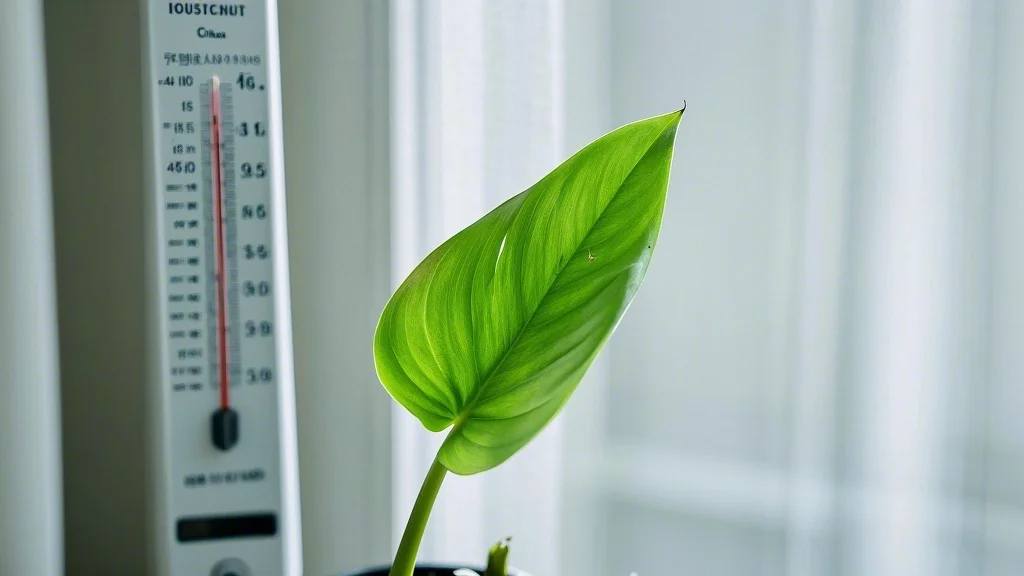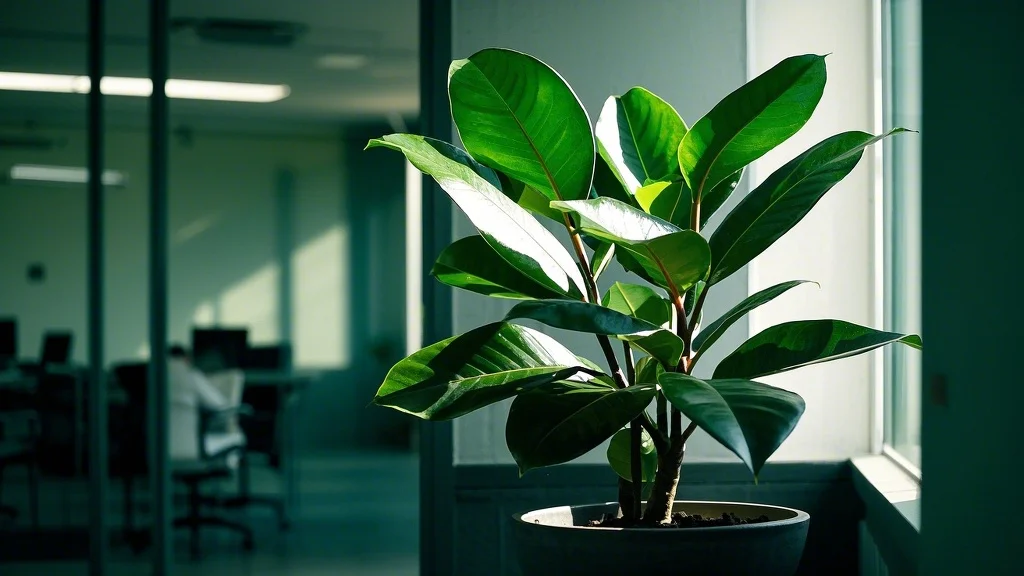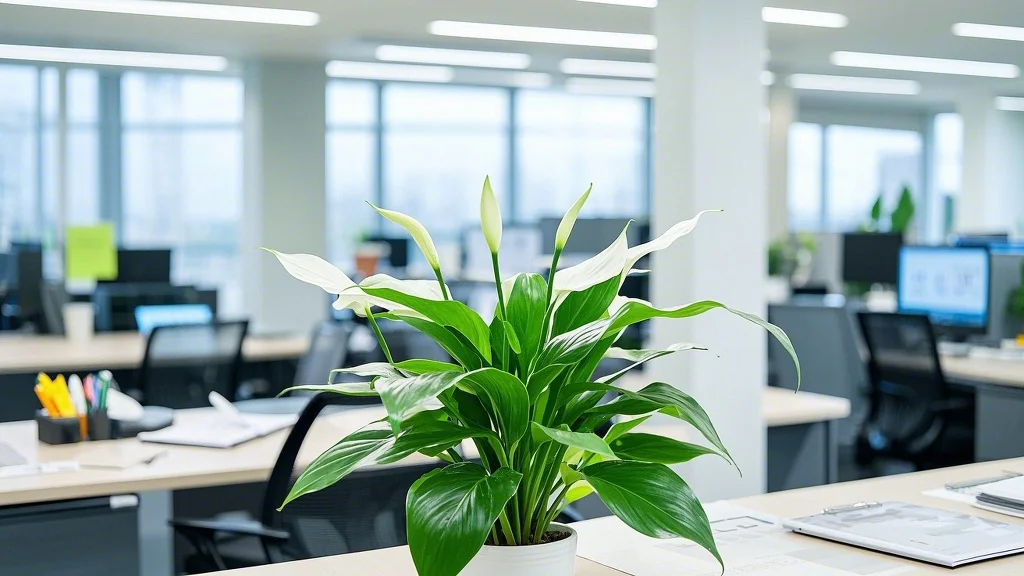Monstera deliciosa, commonly known as the Swiss Cheese Plant, is an iconic tropical houseplant beloved for its dramatic, fenestrated leaves. With proper care, this intermediate-level plant can become a stunning focal point in any indoor space.
Contents
Basic Information
- Scientific Name: Monstera deliciosa
- Common Names: Swiss Cheese Plant, Split-leaf Philodendron
- Native Region: Southern Mexico to Panama
- Growth Habit: Climbing vine
- Maximum Height: 20+ feet in natural habitat, 6-8 feet indoors
- Toxicity: Toxic to pets and humans if ingested
- Difficulty Level: Intermediate
Quick Care Guide
- Light: Bright indirect light
- Water: Allow top 2-3 inches of soil to dry between waterings
- Humidity: 60-80%
- Temperature: 65-85°F (18-29°C)
- Soil: Well-draining, rich aroid mix
- Fertilizer: Monthly during growing season
- Repotting: Every 2-3 years
Detailed Care Instructions

Light Requirements
Monstera deliciosa thrives in bright, indirect light. While these plants can tolerate lower light conditions, they won’t develop their characteristic leaf fenestrations without adequate brightness. Place your plant:
- 3-6 feet from east or west-facing windows
- Behind a sheer curtain in south-facing windows
- Avoid direct sunlight, which can burn leaves
- Rotate the plant quarterly for even growth
Watering Guide
Proper watering is crucial for Monstera health:
- Water thoroughly when top 2-3 inches of soil feels dry
- Ensure pot has drainage holes
- Reduce watering in winter
- Use room temperature water
- Water until it flows from drainage holes
- Empty drainage tray within 30 minutes
Signs of improper watering:
- Overwatering: Yellow leaves, soft stems, root rot
- Underwatering: Curling leaves, brown edges, slow growth
Support and Training
As a natural climber, Monstera needs support:
- Install a moss pole or trellis when young
- Guide aerial roots to the support structure
- Secure stems with plant ties
- Add support as the plant grows
- Prune to control size and shape
Common Problems and Solutions

1. Lack of Leaf Fenestration
Cause: Insufficient light or immature plant
Solution:
- Move to brighter location
- Be patient with young plants
- Ensure proper nutrition
- Maintain consistent care routine
2. Yellow or Brown Leaves
Cause: Watering issues, light problems, or pest infestation
Solution:
- Adjust watering schedule
- Check root health
- Treat for pests if present
- Remove damaged leaves
- Improve air circulation
3. Aerial Roots Growing Wild
Cause: Natural growth pattern seeking support
Solution:
- Direct roots to moss pole
- Mist aerial roots regularly
- Don’t cut healthy aerial roots
- Consider larger support structure
Buying Guide and Essential Supplies
Choosing a Healthy Plant
Look for:
- Firm, green leaves
- No signs of pests
- Healthy root system
- Multiple leaves
- Established growth pattern
Essential Supplies
- Support System
- Moss pole or trellis
- Plant ties
- Extension poles
- Soil and Amendments
- Quality aroid mix
- Orchid bark
- Perlite
- Coco coir
- Care Tools
- Moisture meter
- Pruning shears
- Spray bottle
- Humidifier
- Plant food
Frequently Asked Questions
How often should I repot my Monstera?
Repot every 2-3 years or when roots grow through drainage holes. Choose a pot 2-4 inches larger than the current one.
Why aren’t my leaves splitting?
Leaf fenestration occurs with maturity and proper light conditions. Plants typically need to be 2-3 years old before developing splits.
Can I propagate my Monstera?
Yes, through stem cuttings with nodes. Best done in spring or summer:
- Cut below a node
- Remove lower leaves
- Root in water or moist soil
- Maintain warm temperatures
- Transplant when roots are 2-3 inches long
How do I clean large Monstera leaves?
Clean monthly with a damp cloth to remove dust. Support leaves while cleaning to prevent damage. Avoid leaf-shine products.
When should I prune my Monstera?
Prune in spring or early summer to:
- Control size
- Remove damaged leaves
- Encourage bushier growth
- Maintain shape
- Harvest propagation materials
Seasonal Care Tips
Spring and Summer
- Increase watering frequency
- Begin fertilization schedule
- Monitor for new growth
- Increase humidity
- Clean leaves regularly
Fall and Winter
- Reduce watering
- Stop fertilizing
- Maintain temperature
- Watch for drafts
- Clean leaves monthly
Advanced Growing Tips
Encouraging Larger Leaves
- Provide consistent conditions
- Use support structure
- Maintain high humidity
- Feed appropriately
- Allow space for growth
Creating Optimal Growing Environment
- Group with other plants
- Use pebble trays
- Install grow lights if needed
- Monitor temperature
- Maintain air circulation
Conclusion
Monstera deliciosa is a rewarding plant that can thrive with proper care. Focus on providing appropriate light, support, and consistent care routines. With patience and attention to basic needs, your Swiss Cheese Plant will become a stunning addition to your indoor garden.
Remember that each plant is unique and may require slight adjustments to care based on your specific growing environment. Observe your plant regularly and adjust care as needed for optimal growth and health.








